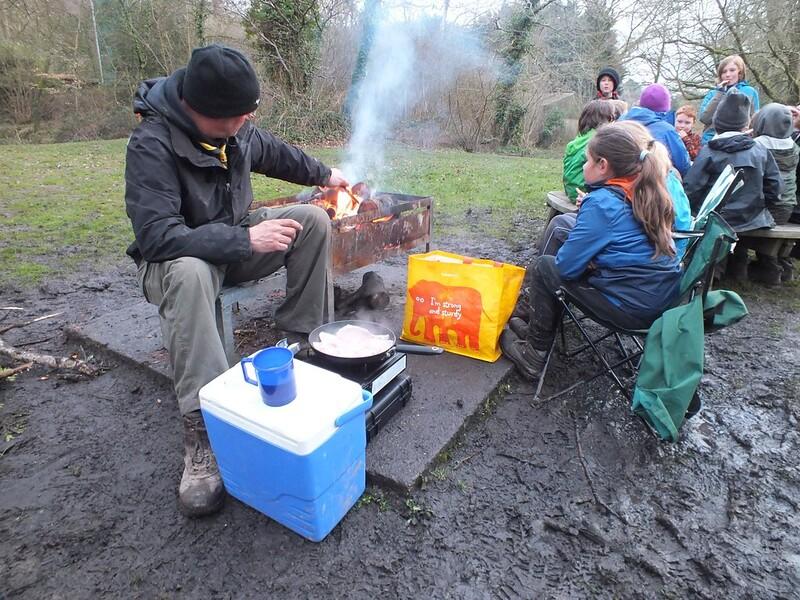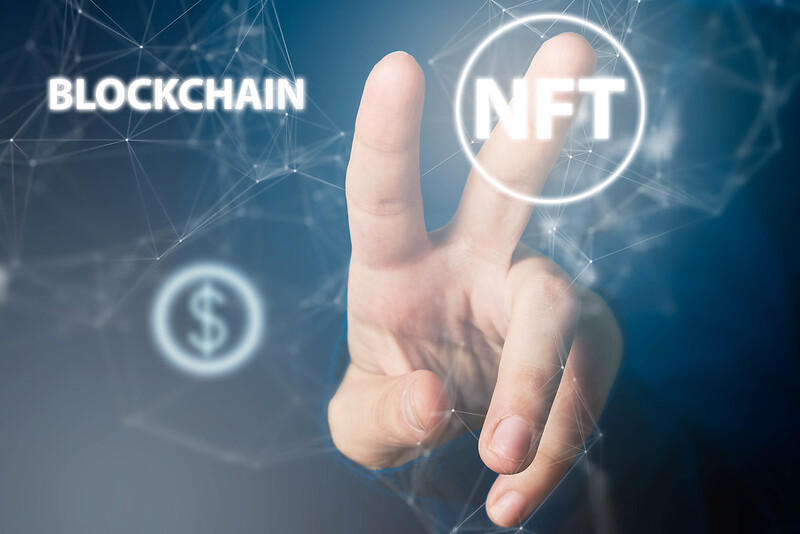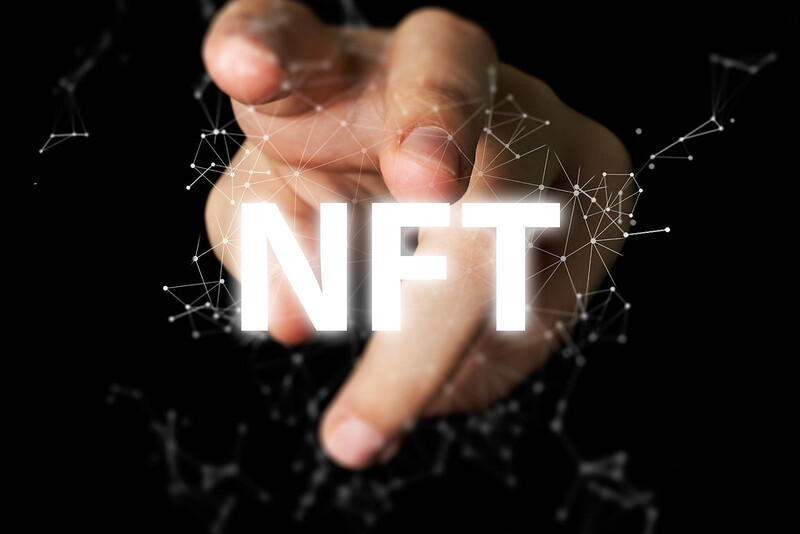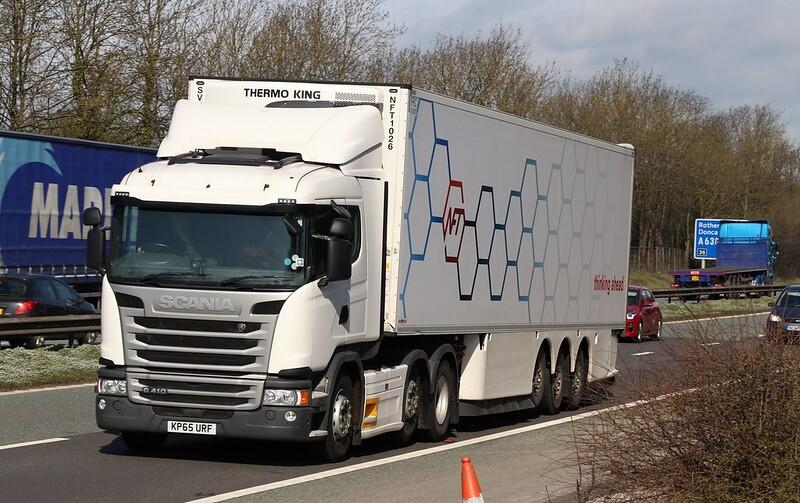Let’s reflect on two of last year’s most sensational NFT sales: Disaster Girl and Charlie Bit My Finger. One was a YouTube video, famous for being, at one time, the platform's most-viewed. The other depicted a solemn girl with a knowing smile, standing in front of a burning house, looking for all the world as though she had created that calamity and, should you make her angry, she would wreak similar havoc onto you. Disaster Girl quickly became a meme for very obvious reasons. What’s not so obvious is how they made the transition from digital artefacts for the whole world to enjoy in the public domain to privately-owned. That’s what this Superprof article details.
| How to create an NFT: |
|---|
| 1. create your art. It can be music, a video or a painting; or a written work. |
| 2. Choose a marketplace to list your NFT. |
| 3. Connect your crypto wallet. |
| 4. Mint your NFT. |

Create Your NFT
From the examples listed above – a casual snap on a street corner, a funny family video and a decades-old source code, you might get the idea that creating something that could become a non-fungible token doesn’t necessarily involve any special skill or talent.

Until roughly last year, you’d have been correct in your assessment. However, these days, everyone is rushing to produce the next big NFT that will net them a hefty payday. And the playing field has expanded dramatically! These days, NFTs may be:
- Video, including GIFs
- Audio: music tracks – lyrical and instrumental; voice recordings
- Digital art: currently the most valuable form of NFT
- Documents: original documents – anything from old love letters to, well, Tim Berners-Lee’s contribution to the NFT market.
Even America’s former First Lady has announced her entry into the NFT market with an image of her eyes. You might argue that her eyes are everywhere. For four years, she was incessantly photographed alongside and without the US president. But this rendering was painted by renowned French artist Marc-Antoine Coulon, and it comes with a recorded message from Melania. That touches on the most important criterion that defines NFTs: they must be unique. So, whether you’re a musician who has recorded a signature sound, an artist who has created a remarkable piece, a videographer who has captured one-of-a-kind footage or you’re finally ready to let go of that hilarious family snap, ensuring there’s nothing else like it in cyberspace is Rule #1.
Choose a Marketplace
It goes without saying that, if you have something to sell, you have to take it to where the buyers are. In the world of non-fungible tokens, the buyers are online. It’s not like you would post an advert on social media or other sales sites – eBay, Gumtree and the like, all of which operate online. To get a grasp of how NFT marketplaces work, you have to understand the relationship between cryptocurrency and NFTs. Let’s explore it now.

Blockchain and Cryptocurrency
We’ll not go too deeply into the subject; let’s just state that a blockchain is a system to keep a record of transactions. Initially, the vision was limited to cryptocurrency transactions but, since its inception, blockchain technology has expanded to keep other kinds of records; smart contracts and NFTs among them. Understand that NFTs are strictly digital. At best, buyers may receive a physical certificate of NFT ownership, particularly for the most valuable NFTs. But they won’t receive an actual piece of art to display in their home. That means that your NFT will forever remain in cyberspace; its existence permanently recorded on a blockchain. With that clear, it should be understood that, before you can choose an NFT marketplace, you must have access to a blockchain. Furthermore, you must have a cryptocurrency wallet to receive the funds from your sale. As gaining access to a blockchain entails having a crypto-wallet anyway, you may be well-served in that department already. Nevertheless, once you settle on an NFT marketplace, you’ll be prompted to set up your wallet, which essentially entails connecting your wallet to your chosen marketplace. Some of the top NFT marketplaces are:
- Rarible: high-volume sales; a wide selection of NFTs for sale
- OpenSea: the most popular NFT marketplace
- SuperRare: The emphasis is on quality, not quantity
- Fractional: a top marketplace for cash-light investors
- Mintable is Ethereum-based
- Nifty Gateway: home of one of the most renowned NFT artists
- Theta Drop: requires a Theta wallet and the purchase of Theta token
As in any case, it’s best for you to research the marketplace that suits your needs and level of blockchain experience the best.
Setting Up Your Crypto Wallet
Assuming you already have a wallet, you’ll know to connect with a marketplace that is compatible with what you already have, unless you wanted to establish a wallet strictly for selling NFTs. In either case, simply having a wallet denotes that you are at least somewhat familiar with the technology and how to navigate it. For you, connecting a wallet is a breeze; all you need to do is follow the onscreen prompts from your chosen marketplace. If you don’t have a wallet, you have a bit of work to do. Getting yourself familiar with how blockchain works and the different types of wallets is your first step. After that, it’s simply a matter of choosing your cryptocurrency exchange – Ethereum, CEX.IO, Binance…, creating your account (and buying cryptocurrency), and choosing a wallet. Once that’s sorted, you may proceed as someone familiar with blockchain, cryptocurrencies and digital wallets. And, as you intend to trade in NFTs, you might want to learn as much as you can about NFT development.

Mint Your NFT
The process of uploading an NFT varies from one marketplace to the next so what follows are general guidelines. Be sure to follow the instructions provided by your marketplace. Minting is not simply a matter of uploading a file, as you would on YouTube or social media. Once you mint your NFT, it will not be subject to editing, manipulation or deletion by you or anyone else so, before you undertake the minting process, make sure your work is exactly as you want it to be. In some marketplaces, user-friendly ones such as Rarible and OpenSea, minting your newly-created NFT is simply a matter of establishing yourself, connecting your wallet and adding items to the collection of works for sale. More exclusive sites, such as SuperRare and Foundation require prospective sellers to submit an artist’s profile and receive approval to sell their work on their marketplace before they can upload their NFTs. Obviously, if you do high-quality work, you’ll likely be approved to sell in those marketplaces. Your clientele will, in turn, be more exclusive and you’ll be allowed to charge more for your art. Speaking of charges… Until the latter part of 2021, NFT marketplaces charged artists for the minting process. This was seen by many as unfair because not every NFT finds a buyer. For those creators who make their work available, having to pay for the possibility of a sale was simply untenable. It created a condition wherein artists could no longer afford the hours they spent creating pieces and paying to promote them, only to see them languish. Now, rather than minting at the time of creation and having the work sit on the blockchain, NFTs are minted when they’re bought. As a further benefit to the sellers, the buyers pay for the gas to mint their new purchase. Gas fees are the network fees charged by the cryptocurrency exchange to validate transactions. By far, the most difficult aspect of creating an NFT is, well, creating NFTs. Remember that their slangy-sounding name is an acronym for non-fungible token. By definition, any NFT you produce must be unique - non-fungible means 'not replaceable by an identical item'. Despite that emphasis, you needn't worry about your artistic signature. It's expected that your drawing style, musical brand or tone of your writing will replicate across your body of work. What we mean by 'unique' is that there can be only one such work, created by you or anybody else. Let's look at photographer Frederick Auerbach's most recent NFT collection, as an example. Mr Auerbach has made a career out of photographing luminaries the likes of Sharon Stone, Natalie Portman and Benedict Cumberbatch. Now, he's minting a select few of his works as NFTs. Obviously, there are loads of snaps featuring those famous faces but Mr Auerbach's artistic process and vision lend these particular portraits their uniqueness. That's what defines these photos as NFTs. A final word about uniqueness: in a marketplace laden with unique works, how can you make yours stand out?
Depending on the marketplace you list your work on, you may find the shelves and aisles crowded with NFTs that have languished for years but don't get discouraged!
NFTs and blockchain are still relatively new technological advances that not many wholly grasp the workings of and even fewer have access to.
Don't let go of your Beeple aspirations, though. Once you find your artistic groove, you too can be a top NFT creator. Or, more importantly, a top NFT seller.
Now, join the discussion: what makes an NFT project successful?















